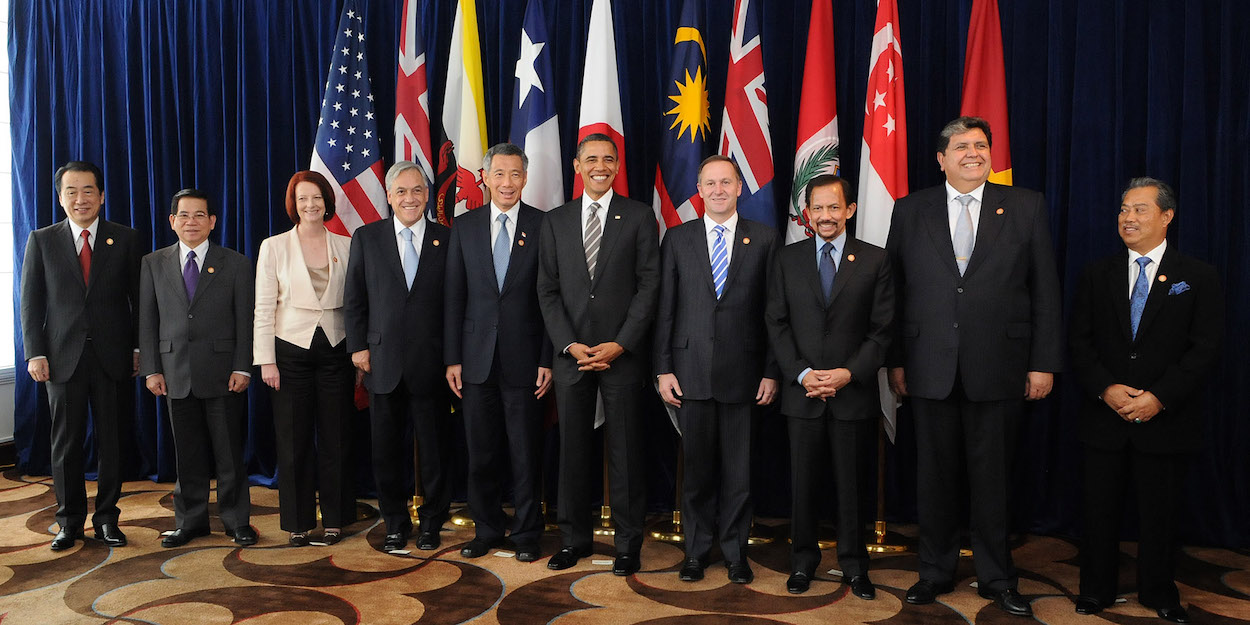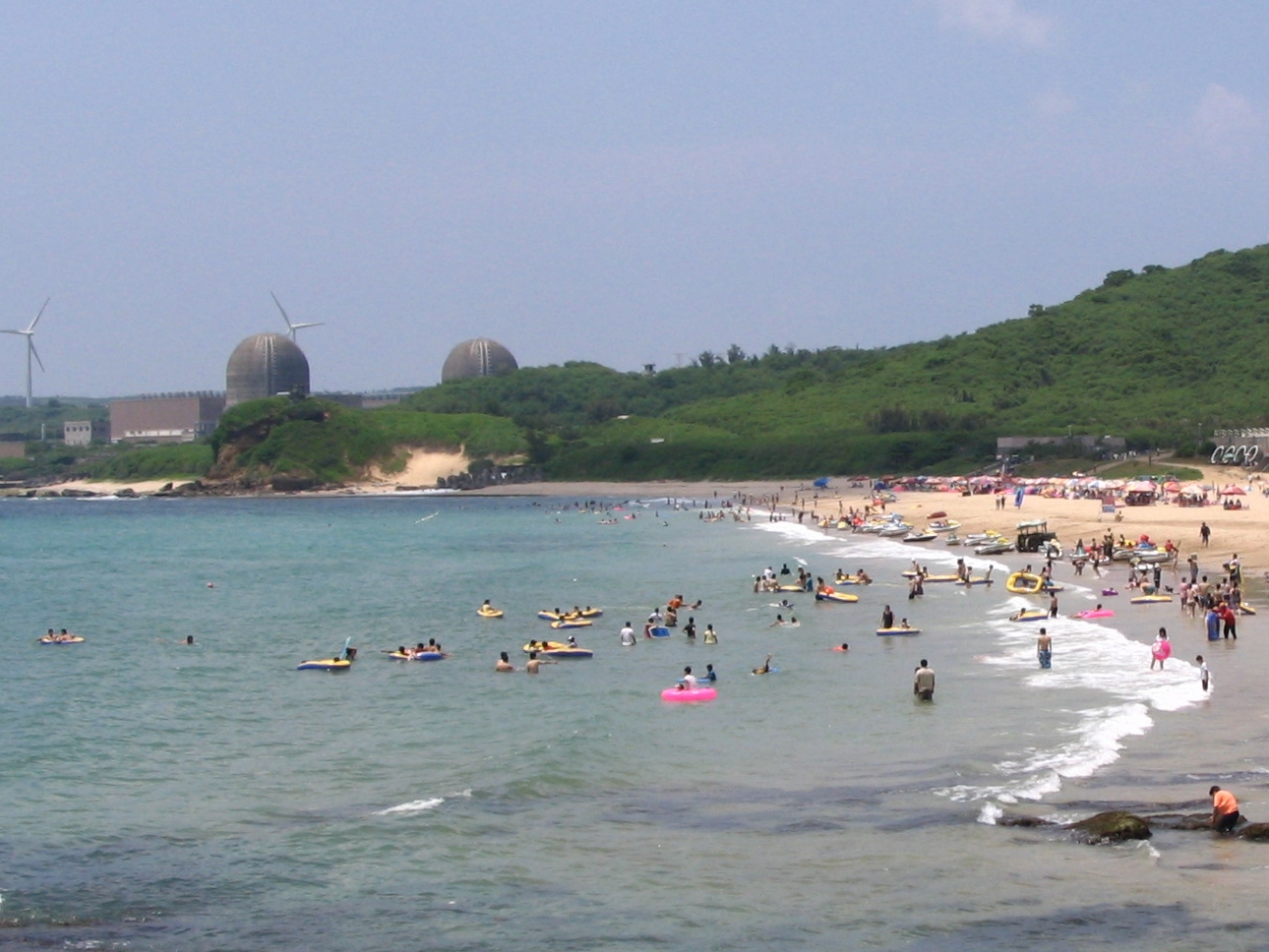by Brian Hioe
語言:
English
Photo Credit: 京浜にけ/WikiCommons/CC
ACCORDING TO recent comments by Minister without Portfolio John Deng, who heads the Office of Trade Negotiations in the Executive Yuan, food imports from Fukushima are likely to prove an obstacle for efforts by Taiwan to join the Comprehensive and Progressive Agreement for Trans-Pacific Partnership (CPTPP). Deng made similar comments in September, as well.
The CPTPP is the form that the Trans-Pacific Partnership (TPP) took after the US withdrawal from the agreement in the early days of the Trump administration, one of Trump’s earliest acts in office. The withdrawal proved ironic, seeing as the TPP has originally been formed under American auspices. The TPP aimed to strengthen economic ties between the US and its allies in the Asia Pacific, with the view that this would prevent greater incentive for the US to defend these allies against geopolitical threats from China. However, Trump withdrew from the agreement, in line with the backlash against free trade and drive toward protectionism that his administration embraced.
 Leaders of TPP countries in 2010. Photo credit: Government of Chile/CC
Leaders of TPP countries in 2010. Photo credit: Government of Chile/CC
After the US withdrawal from the TPP, the CPTPP soldiered on in new form, with members consisting of Australia, Brunei, Canada, Chile, Japan, Malaysia, Mexico, New Zealand, Peru, Singapore, and Vietnam. Japan subsequently became the major driving force within the CPTPP.
The Tsai administration has suggested first a desire to join the TPP and then the CPTPP. With the Tsai administration, given its aims to diversify trade ties away from China, joining the CPTPP would still be beneficial. Likewise, the Tsai administration has aimed to improve ties with Japan, a potential regional bulwark against China’s geopolitical threats.
There was some speculation as to whether the Biden administration would seek to rejoin the CPTPP once it took office, but it ultimately has not done so. The Biden administration is probably still wary of protectionist sentiment in the US, such as that which put Trump into office, and so it wishes to steer clear of multilateral free trade agreements such as the CPTPP. That being said, some have read the Biden administration as encouraging Taiwan to join the CPTPP.
The Tsai administration filed an application to join the CPTPP in late September. However, this took place a week after the Chinese government surprised by also seeking to join the CPTPP, an agreement that was originally designed to exclude China. This may be a power move aimed at precluding US power, since while the Biden administration has sought to reassure traditional allies of a return to the status quo after the chaotic years of the Trump administration, many are still cautious of declining American power globally.
Either way, China’s application to the CPTPP would rule out Taiwan’s. And so which economy to admit, if any, will boil down to political considerations for CPTPP member states.
Within Taiwanese domestic politics, KMT heavyweights such as former president Ma Ying-jeou have called for Taiwan to join the CPTPP, but also to pursue membership in Chinese-led trading blocs such as RCEP. Ma claims that Taiwan joining such free trade agreements, inclusive of those in which it is or is not a member, is the way for Taiwan to maintain international competitiveness.
At the same time, the KMT has historically sought to sabotage stronger trade ties between Taiwan and possibly allies against China. For example, the Tsai administration took a major political risk by lifting a longstanding ban on the import of US pork treated with ractopamine, a growth hormone banned in 180 or the world’s 200 or so countries, but which is widely used in the US. The KMT organized a referendum against the Tsai administration’s lifting of the ban, even though the Tsai administration also introduced a now-ubiquitous labeling system so that consumers could see if they were eating US pork in restaurants. Other actions by the KMT in protest of the lifting of the ban included throwing pig offal in the Taiwanese legislature at DPP politicians.
One expects similar behavior from the KMT regarding imports from Fukushima, with concerns about the effects of radiation after the 2011 Fukushima disaster on food products from the area, but attempts by the Japanese government to stimulate tourism and agriculture. The KMT has also been highly critical of plans by the Japanese government to discharge wastewater from Fukushima into the Pacific Ocean as a way to try and sabotage relations between Taiwan and Japan.
 The Maanshan Nuclear Power Plant in Pingtung. Photo credit: M. Weitzel/WikiCommons/CC
The Maanshan Nuclear Power Plant in Pingtung. Photo credit: M. Weitzel/WikiCommons/CC
Indeed, such actions from the KMT are ironic. Anti-nuclear activists in Taiwan have been critical of the potential for nuclear disaster in Taiwan because of its frequent seismic activity, similar to how the events of the 2011 Tohoku earthquake and tsunami caused the Fukushima disaster.
Yet it is, after all, the KMT that is the pro-nuclear party in Taiwan, with pan-Blue nuclear advocates such as Huang Shih-hsiu dismissing the effects of the Fukushima disaster, claiming that because Japan went back to nuclear power, this is proof of the safety of nuclear power and minimizing the effects of the Fukushima disaster. The KMT is currently advocating a referendum to restart the controversial Reactor No. 4, viewed as especially dangerous among Taiwan’s nuclear reactors because of its use of mixed parts.
In the meantime, the KMT also continues to try and imitate what it sees as actions of the pan-Green camp after the Sunflower Movement. Former president Ma Ying-jeou recently called for an oversight bill to be passed for the CPTPP, something which is in imitation of the oversight bill that Sunflower Movement activists called for to be passed for the CSSTA. Ma also still calls for the CSSTA to be passed, despite many years having elapsed since initial efforts to pass the CSSTA sputtered.

